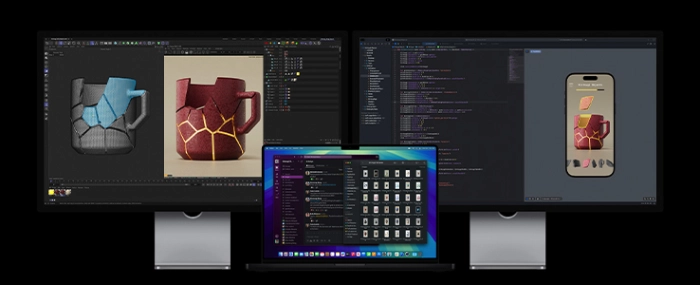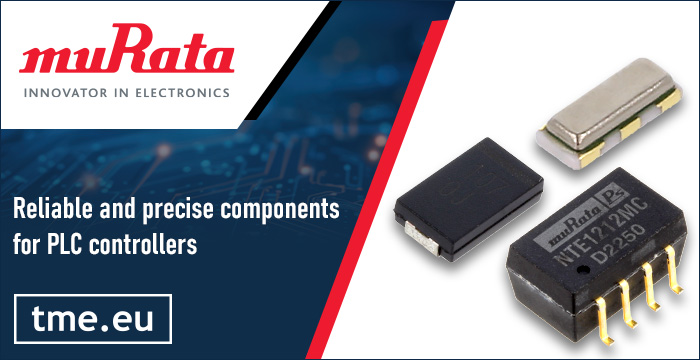
OLED notebook penetration rate to reach beyond 5% by 2027
TrendForce's latest OLED market development report reveals that the penetration rate of OLED displays in notebooks is set to increase to 3% in 2024, driven by large-scale procurement from Chinese laptop brands.
While growth in 2025 is expected to be moderate, the anticipated introduction of OLED displays in Apple’s MacBook lineup will mark a significant turning point.
This move is expected to prompt the activation of high-generation OLED production lines at panel makers, pushing the OLED notebook penetration rate beyond 5% by 2027. The influence of high-end markets will likely create a trickle-down effect on other brands’ product strategies and further accelerate OLED adoption in the IT sector.
The application of OLED technology has expanded beyond smartphones to include tablets, notebooks, wearables, and automotive displays, prompting panel makers to accelerate investments in high-generation production lines. Panel makers are adopting tandem (dual-layer) OLED structures, which improve durability and brightness, to bolster the lifespan of OLED panels.
However, the complexity of this architecture — coupled with the need to improve initial yield rates—is driving up production costs. These factors could delay the launch of Apple’s OLED MacBook.
Panel giants like Samsung Display and BOE are building G8.6 production lines in efforts to meet growing demand. Samsung Display is expected to launch OLED products from its G8.6 line in the second half of 2026, making it one of the first to market with in-house OLED products.
Meanwhile, Visionox plans to mass-produce panels on its high-generation line in 2028, utilising its next-generation ViP display technology. JDI has also entered the race by forming the eLEAP strategic alliance with Innolux and its subsidiary CarUX to promote 32-inch integrated in-car OLED displays. However, LG Display remains cautious about its high-generation production line plans due to capital constraints, and its entry into large-scale production is still under evaluation.
The impact of OLED technology on panel costs
TrendForce notes that BOE has adopted low temperature polycrystalline oxide (LTPO) technology for OLED backplanes, which offers superior display performance but comes with higher production costs. The use of LTPO requires more expensive manufacturing equipment and demands greater precision in production processes, potentially affecting the cost structure of BOE’s OLED laptop panels.
The production of high-generation OLED panels with tandem technology requires a sufficient deposition yield to ensure cost efficiency. Panel makers are expected to face challenges related to equipment availability and affordability as demand for vapor deposition equipment rises. Emerging technologies like ViP and eLEAP have adopted a photolithography-based production process, which offers advantages such as a higher aperture ratio. However, the more complex production process is expected to impact yield rates.
TrendForce points out that the initial mass production of high-generation OLED panels will be constrained by yield improvement needs and continued pressure from material costs. It is estimated that a newly established G8.6 high-generation production line will require 1.5 to 2 years to achieve cost parity with the existing G6 production line.
Historically, the supply of OLED light-emitting materials has been monopolized by major international companies with strong patent protections, resulting in persistently high prices. However, the issue is expected to ease as key patents expire and panel makers begin to validate and adopt materials from Chinese suppliers.
TrendForce reports that high-generation production lines benefit from the larger substrate size, which allows for improved cutting efficiency and expanded production scale. This expansion increases bargaining power with material suppliers, providing opportunities to reduce material costs. As new production lines become fully operational and yield rates improve, the cost advantages of high-generation production lines are expected to become more apparent.
For more information visit TrendForce.



